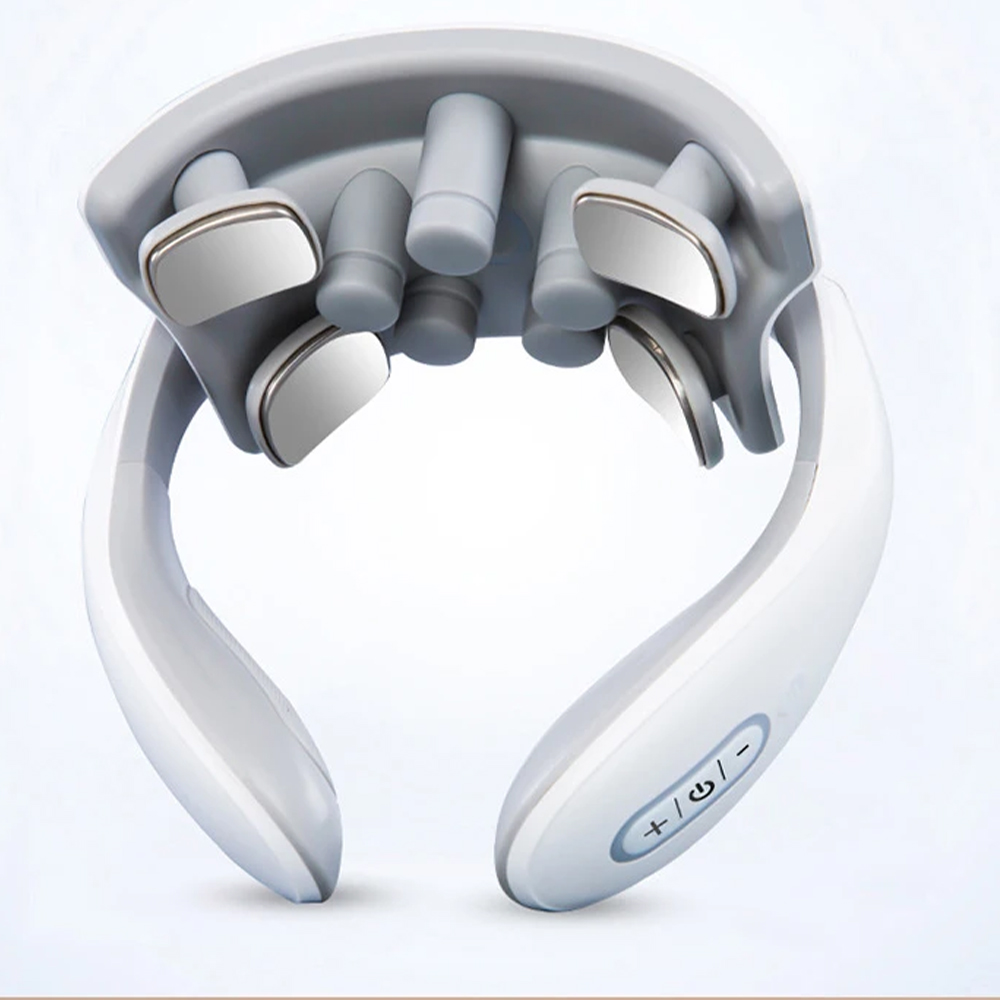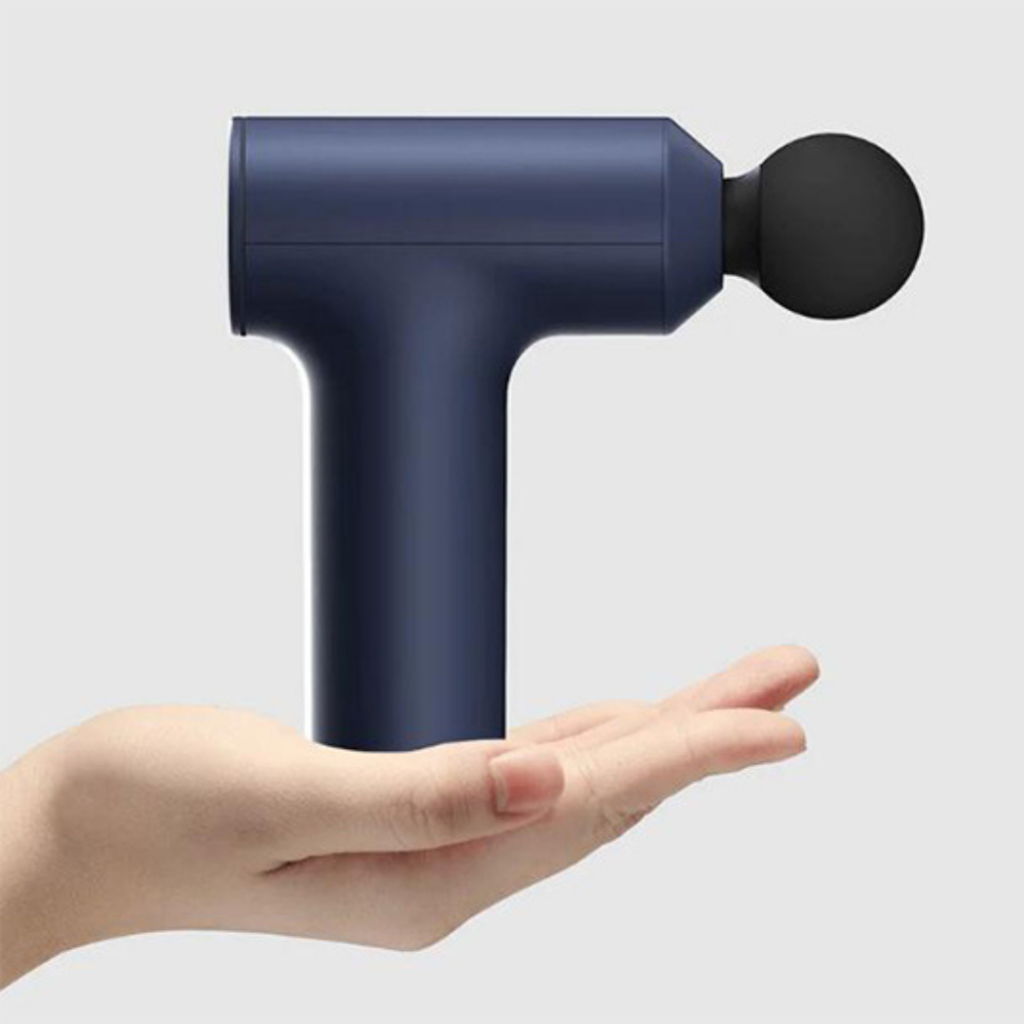Did you know that each year, herniated disc issues lead to over 600,000 surgical consultations in the United States alone? This significant figure represents a mere fraction of the millions experiencing herniated disc symptoms without seeking surgical intervention. As we step into 2024, it’s essential to shine a spotlight on the prevention and treatment of spinal herniation. Understanding the causes of this debilitating condition is crucial for managing and potentially overcoming the associated pain and discomfort. In this guide, we’ll navigate through the complexities of ruptured disc management and offer a bulging disc guide that incorporates the latest recommendations for both sufferers and healthcare providers.
Knowing how to identify and respond to herniated disc issues is the first pivotal step towards effective recovery. Whether it’s identifying the root slipped disc causes or distinguishing the varied disc herniation treatment options, being informed empowers you to make the best decisions for your spinal health. So, let’s take a closer journey into the world of herniated discs and discover the best practices for 2024 that aim to restore the backbone of your well-being.
Key Takeaways
- Herniated disc conditions affect an increasing number of individuals annually, prompting significant medical consultations.
- Identifying herniated disc symptoms early can lead to more effective spinal herniation prevention strategies.
- Understanding the slipped disc causes is crucial to targeted and successful ruptured disc management.
- Non-surgical disc herniation treatment options offer relief for many, with surgery reserved for persistent or severe cases.
- Staying informed on the latest insights and treatments is essential for those affected by herniated discs in 2024.
- Bulging disc guide 2024 includes updated prevention, management, and treatment methods based on recent studies and innovations.
Understanding Herniated Disc and Its Impact on the Spine
Vital to maintaining spinal health is the integrity of the discs nestled between spinal bones. These discs serve as vertebral cushioning, acting much like shock absorbers for the daily impacts and stresses your body endures. But what happens when these crucial components falter? This is the case with disc degeneration, a leading factor in the development of herniated discs—a condition that can profoundly affect the overall function of the spinal column.
Imagine the discs as gel-filled balloons, providing flexibility and support between your vertebrae. When a herniated disc occurs, the inner gel (nucleus) breaks through its outer layer (annulus) into the spinal canal, encroaching upon the delicate area of nerve compression. This invasion often translates into the discomfort and debilitation associated with nerve irritation or damage.
But why does this happen? The phenomenon isn’t purely accidental. Over time, our discs lose moisture and elasticity, leading to disc degeneration. This is an inherent part of aging, yet for some, it’s accelerated by genetic predisposition, hinting that your family history might play a role in your susceptibility to such spinal conditions.
- Understand the structure that upholds your spinal health.
- Recognize the signs that may indicate a shift from health to herniation.
- Act to preserve the cushioning of your vertebral discs and avoid complications.
Always remember: The health of your spine is central to your overall well-being. Keeping the cushions – your discs – in good shape is key to maintaining a strong, flexible backbone.
You might find it inconceivable to sense the slow decline of your body’s natural shock absorbers. Yet, acknowledging the reality of disc degeneration is the first step to safeguard against the encroachment into the spinal canal that characterizes a herniated disc. Taking proactive measures can significantly bolster the longevity and functionality of your spinal support system.
Herniated Disc: Recognizing the Symptoms and When to Seek Help
Dealing with a herniated disc can be a daunting experience, particularly when you are unsure of the symptoms and when it’s time to seek medical assistance. Let’s delve into the different symptoms associated with lumbar and cervical disc herniations, explore how to assess the severity of your condition, and understand the potential dangers of non-visible symptoms.
Characteristics of Lumbar and Cervical Disc Herniation
If you are experiencing nerve pressure symptoms like herniated disc pain, it’s important to recognize where the pain originates. A lumbar spine herniation might cause sciatica, a symptom that includes pain radiating down your leg, starting at the buttock. Cervical radiculopathy, often a consequence of a herniated disc in the neck area, can result in pain that extends from your neck to your arms or fingers. Knowledge of these characteristics is crucial for proper pain management and determining the next steps in your care.

Assessing the Severity: Low Back Pain and Sciatica
When does back pain signal a deeper problem like a herniated disc? If you notice sharp, persistent low back pain or sciatica that affects your ability to carry out daily functions, it’s a sign that urgent medical attention might be required. These symptoms are not to be ignored; they can worsen without proper treatment, leading to long-term damage.
Non-Visible Symptoms and Their Potential Dangers
Beyond the visible signs, there are non-visible symptoms such as numbness or weakness that can indicate nerve damage from a herniated disc. These symptoms might not seem as alarming as severe pain, but they can be equally indicative of a need for a neurosurgeon’s intervention.
| Symptom | Associated with Lumbar Herniation | Associated with Cervical Herniation | Action to Take |
|---|---|---|---|
| Radiating Pain | Yes, often as sciatica | Yes, can extend to arms | Consult a specialist |
| Numbness | Possible, in your legs or feet | Possible, in your arms or fingers | |
| Weakness | Possible, in muscles served by affected nerves | Possible, in muscles served by affected nerves |
Understanding the symptoms of a herniated disc is fundamental for maintaining your spinal health. Should you experience any combination of these symptoms, particularly if they persist or worsen, reaching out to a healthcare provider specializing in spine conditions is imperative. With informed pain management strategies and medical support, you can effectively address a herniated disc and reduce the risk of longer-term complications.
The Root Causes of Herniated Discs
When addressing the health of your spine, it’s crucial to understand that herniated discs don’t just appear out of nowhere. Often, they are the result of several factors that contribute to spinal health risks, including excessive strain on the spine from improper lifting or sudden movement. Additionally, natural disc degeneration plays a significant role, as the discs lose flexibility and hydration over time, leading to age-related wear and increased fragility.
Spinal injuries from falls or accidents can abruptly push disc material out of its normal boundary, causing immediate herniation. Likewise, genetic susceptibility can predispose individuals to weaker disc structures, making them more vulnerable to spinal conditions. Everyday activities and occupational hazards that involve repetitive motion and lifting heavy objects can exacerbate age-related disc wear and contribute to these spinal health risks.
Let’s examine the key contributors more closely:
- Excessive Strain: Tasks that place immense pressure on the spine, notably weight lifting without proper technique, can lead to immediate disc damage.
- Natural Disc Degeneration: Degeneration is an inevitable process which is often sped up by lifestyle factors and certain health conditions.
- Spinal Injury: Traumatic impacts may dislocate or rupture the spinal discs, resulting in herniation.
- Genetic Susceptibility: Your genetic makeup may determine how resilient your discs are to stress and aging effects.
- Age-Related Wear: As we age, our discs dry out and aren’t as flexible, making them more prone to tearing.
In addition to these factors, certain lifestyle choices can further impact your spinal health. Take a look at the table below to understand how various elements are interconnected in contributing to herniated disc risks:
| Risk Factor | Description | Prevention Tip |
|---|---|---|
| Physical Activity | Inactivity can weaken the back muscles, while strenuous exercise can cause strain. | Maintain a balanced exercise regimen with proper technique. |
| Occupational Hazards | Jobs that require heavy lifting pose a greater risk of causing disc herniation. | Use mechanical aids and practice safe lifting techniques. |
| Body Weight | Excess weight puts additional pressure on the discs, especially in the lumbar region. | Strive for a healthy weight through diet and exercise. |
| Smoking | Nicotine reduces blood flow to the discs, leading to faster degeneration. | Seek resources to help quit smoking and improve overall health. |
It’s imperative to not only be aware of these causes but also actively engage in prevention techniques to maintain a healthy spine. While one cannot completely alter their genetic susceptibility, understanding how aspects like excessive strain, spinal injury, and age-related disc wear influence herniated discs is a significant step toward mitigating spinal health risks.
Preventative Strategies and Non-Surgical Treatment Options for Herniated Disc
When it comes to your spine’s health, taking proactive steps towards herniated disc prevention can save you from experiencing debilitating pain. Understanding the array of non-surgical treatments available can also provide relief and prevent further complications. Below, explore lifestyle changes for spinal care that can significantly lower your risks and learn about the effective treatments that can alleviate discomfort without the need for surgery.

Lifestyle Adjustments to Lower Risks
Making deliberate lifestyle changes is a critical aspect of spinal care. Here’s what you can do:
- Maintain good posture to reduce the pressure on your spine and discs.
- Avoid heavy lifting or repetitive bending which can strain your back.
- Engage in low-impact exercises such as swimming or walking to strengthen your spine.
- Work towards a healthy weight to lessen the load on your spinal structures.
Physical Therapy: Enhancing Spine Health
Physical therapy can be an invaluable non-surgical treatment:
- Implement stretches and exercises designed for herniated disc prevention.
- Focus on core strengthening to provide better support for your spine.
- Learn proper body mechanics to protect your back during daily activities.
Medical Interventions: From Anti-Inflammatory Drugs to Epidural Steroid Injections
If lifestyle changes and physical therapy are not sufficient, consider the following medical interventions:
| Intervention | Use | Benefits |
|---|---|---|
| Anti-inflammatory Medications | To reduce swelling and pain | Can alleviate pain allowing for increased mobility |
| Steroid Injections for Herniated Discs | To manage chronic inflammation | Longer-term pain relief in the affected area |
Remember that integrating multiple approaches tailored to your specific condition and needs often yields the best outcome for your spinal health.
Conclusion
As you navigate the intricacies of long-term herniated disc management, it becomes clear that a proactive approach to maintaining spinal health is paramount. The journey toward disc herniation recovery is not a sprint, but rather a marathon that requires persistence, discipline, and comprehensive knowledge. By incorporating lifestyle changes that prioritize the health of your spine and by understanding the crucial role of good posture, you can effectively support your spinal integrity.
Recovery typically integrates supportive spine treatments tailored to individual needs. This multifaceted strategy not only aims to alleviate pain but also to restore function and prevent further injury. Remember, each spine is unique, and what works for one person might not be the solution for another. It is essential to work closely with healthcare professionals to develop a personalized plan that may include physical therapy, medication, and possibly surgical options.
In summation, taking charge of your spinal health is an active, ongoing process. With the right comprehensive spine care regimen, individuals suffering from a herniated disc can look forward to improved well-being and a reduction in the chances of recurrence. While there is no one-size-fits-all solution, shaping your environment, habits, and treatment options to your specific needs will go a long way in fostering a spine that supports you as sturdily as you support it.









